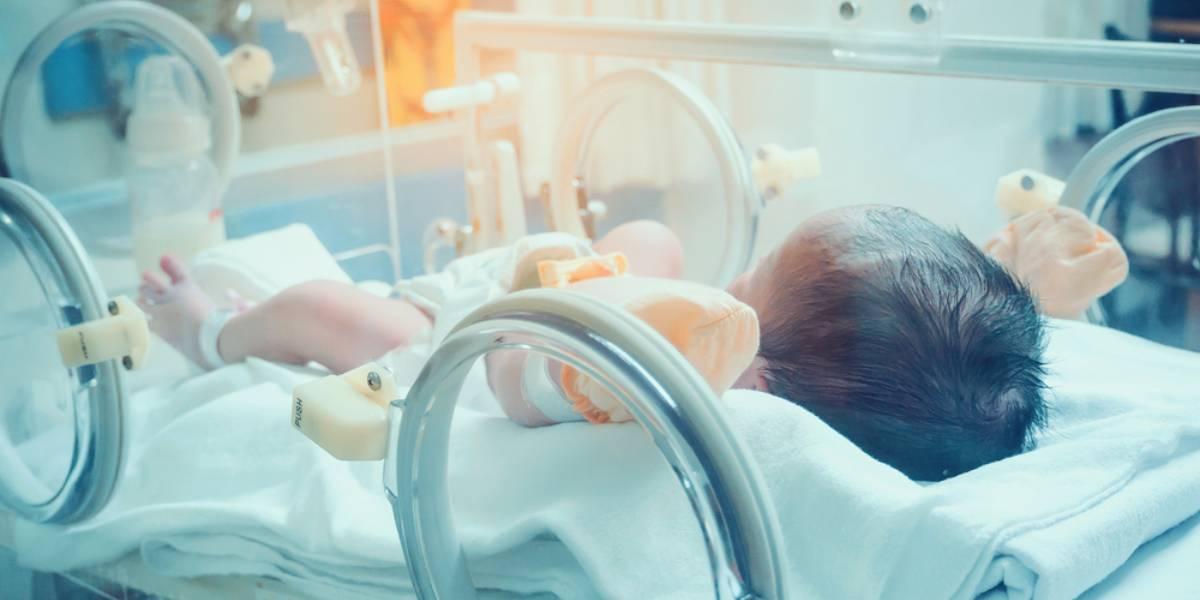Two-Month-Old Infant Breaks Records as Youngest to Undergo Successful Bone Marrow Transplant in Mumbai (Times Now)

- 02 Jan 2024
Why is it in the News?
A two-month-old girl, diagnosed with the rare disease ‘bubble baby syndrome,' becomes the youngest to receive a bone marrow transplant from an unrelated donor at Bai Jerbai Wadia Hospital for Children in Parel.
What is Bubble Baby Syndrome?
- 'Bubble baby syndrome,' medically known as Severe combined immunodeficiency (SCID) is a group of rare, life-threatening diseases that cause a child to be born with very little or no immune system.
- As a result, the child’s body is unable to fight off infections and can become very sick from infections like chickenpox, pneumonia and meningitis and can die within the first year of life.
- This condition falls under the category of primary immune deficiencies.
- The term "Bubble Baby Syndrome" is derived from the necessity for affected individuals to live in a highly controlled environment, as exposure to ordinary surroundings can pose fatal risks to children with SCID.
- What happens in Severe combined immunodeficiency (SCID)?
- In the developing fetus, the immune system originates in the bone marrow, where versatile stem cells can differentiate into three crucial types of blood cells: red blood cells, white blood cells (WBCs), and platelets.
- Among these, white blood cells, particularly lymphocytes, play a vital role in safeguarding the body against infections.
- Lymphocytes consist of two main types: B-cells and T-cells.
- T-cells identify, attack, and eliminate invaders, while B-cells produce antibodies that "remember" infections for future defence.
- SCID is classified as a "combined" immunodeficiency as it impacts both of these infection-fighting white blood cell types.
- In SCID, the child's immune system exhibits either an insufficient quantity of lymphocytes or dysfunctional lymphocytes.
- Consequently, the compromised immune system struggles to combat various germs such as viruses, bacteria, and fungi, leading to recurrent and severe infections.
- Causes: SCID results from inherited mutations in multiple genes, with one or both birth parents passing down the condition to their child.
- Symptoms: Although infants with SCID may initially appear healthy, signs of the disorder may manifest shortly after birth. These symptoms include
- Failure to thrive
- Chronic diarrhoea
- Frequent, often severe respiratory infections
- Oral thrush (a type of yeast infection in the mouth)
- Other challenging-to-treat bacterial, viral, or fungal infections
- Treatment: SCID is considered a pediatric emergency, and without prompt intervention, affected babies are unlikely to survive beyond their first birthday.
- The primary treatment method involves a stem cell transplant, also known as a bone marrow transplant.
- In this procedure, the child receives stem cells from a donor with the hope that these new cells will reconstruct the compromised immune system, offering a chance for a healthier and more sustainable life.
Bone marrow transplant
- The most common treatment for SCID is an allogeneic bone marrow transplant, which will introduce normal infection-fighting cells into your child’s body.
- Allogeneic transplants use stem cells from a relative or an unrelated donor from the National Marrow Donor Program.
- An allogeneic bone marrow transplant involves taking cells from the bone marrow (the soft, spongy tissue found in bones) of a healthy donor and giving them to a child after the child’s diseased bone marrow has been eliminated.
- Doctors at Children’s Hospital will screen your child’s family for potential bone marrow matches.
- While a tissue-matched sibling offers the greatest chance of curing SCID, they are not often available.
- Instead, most patients receive bone marrow donations from their parents or unrelated matched donors.
